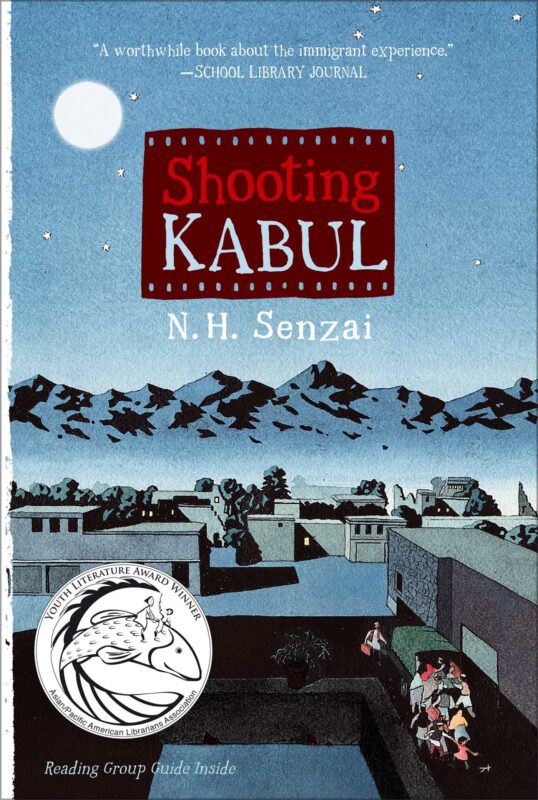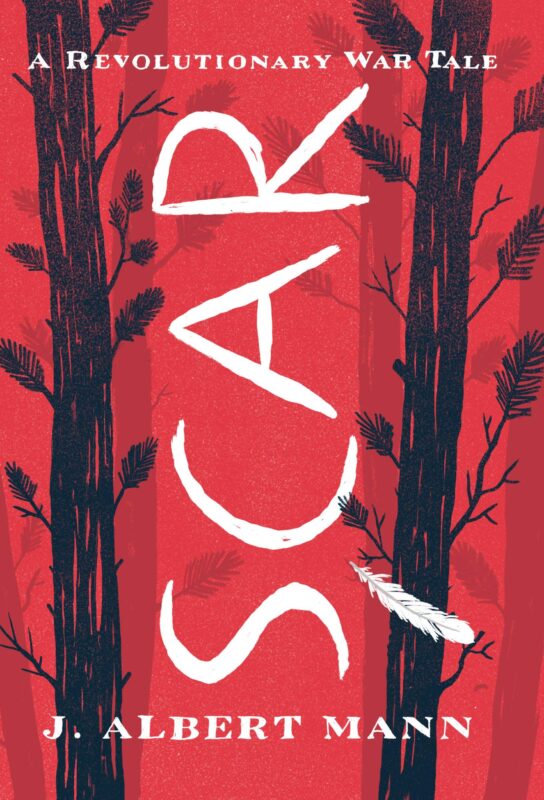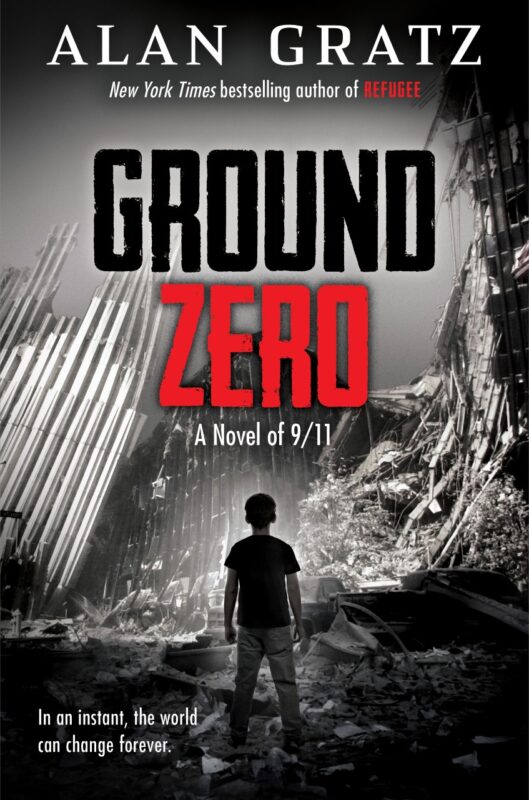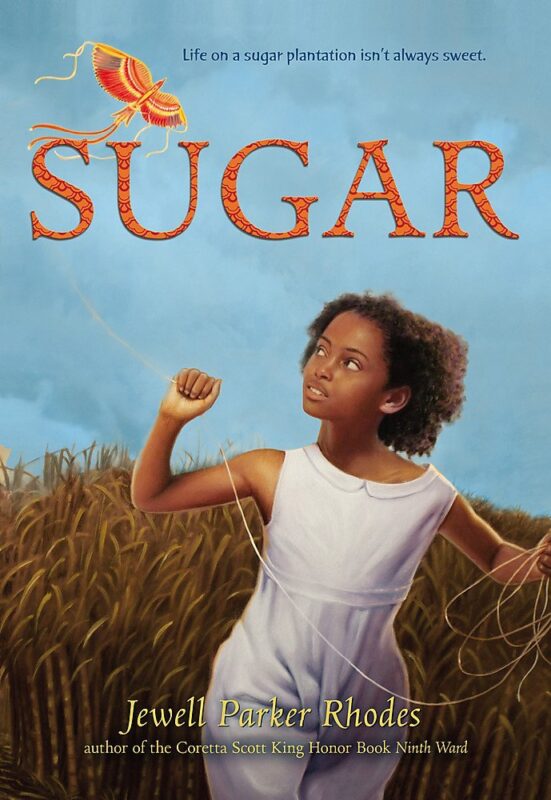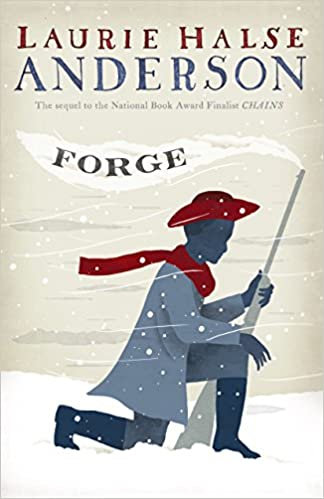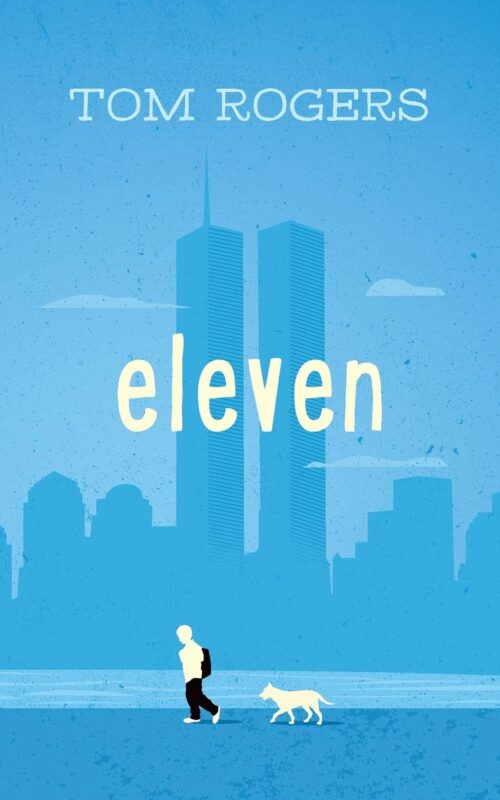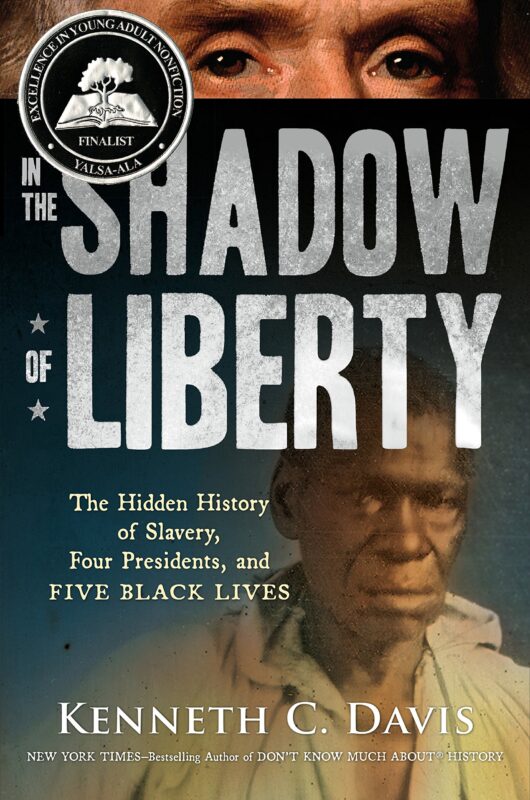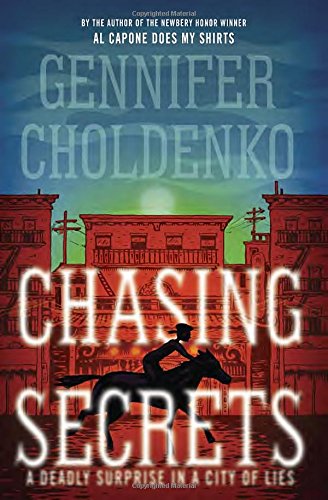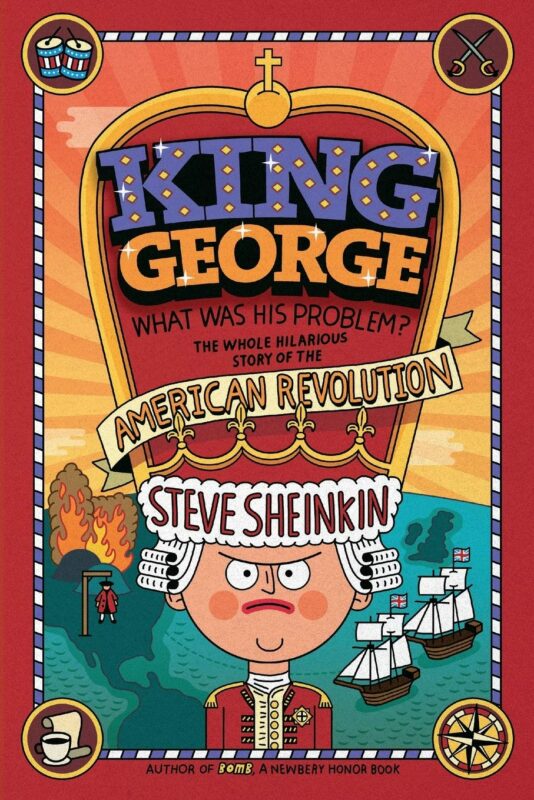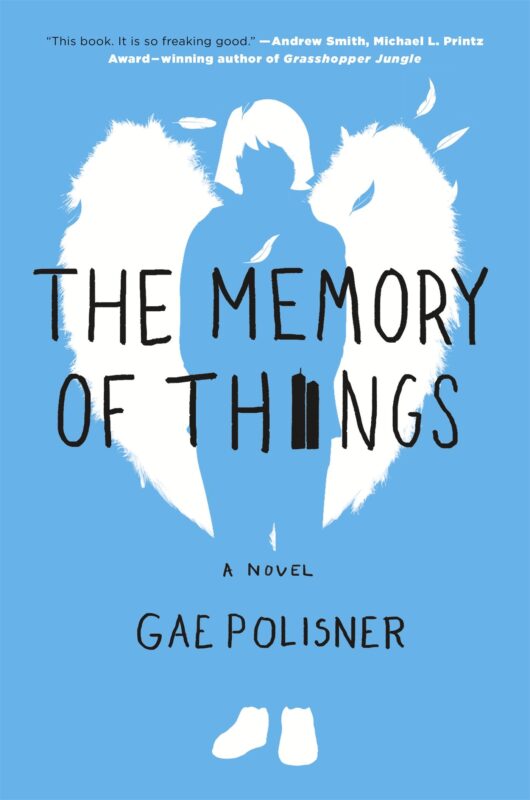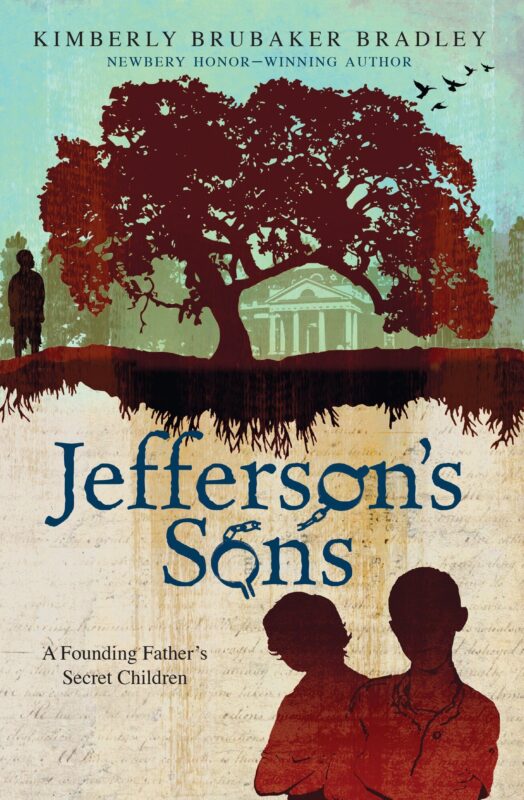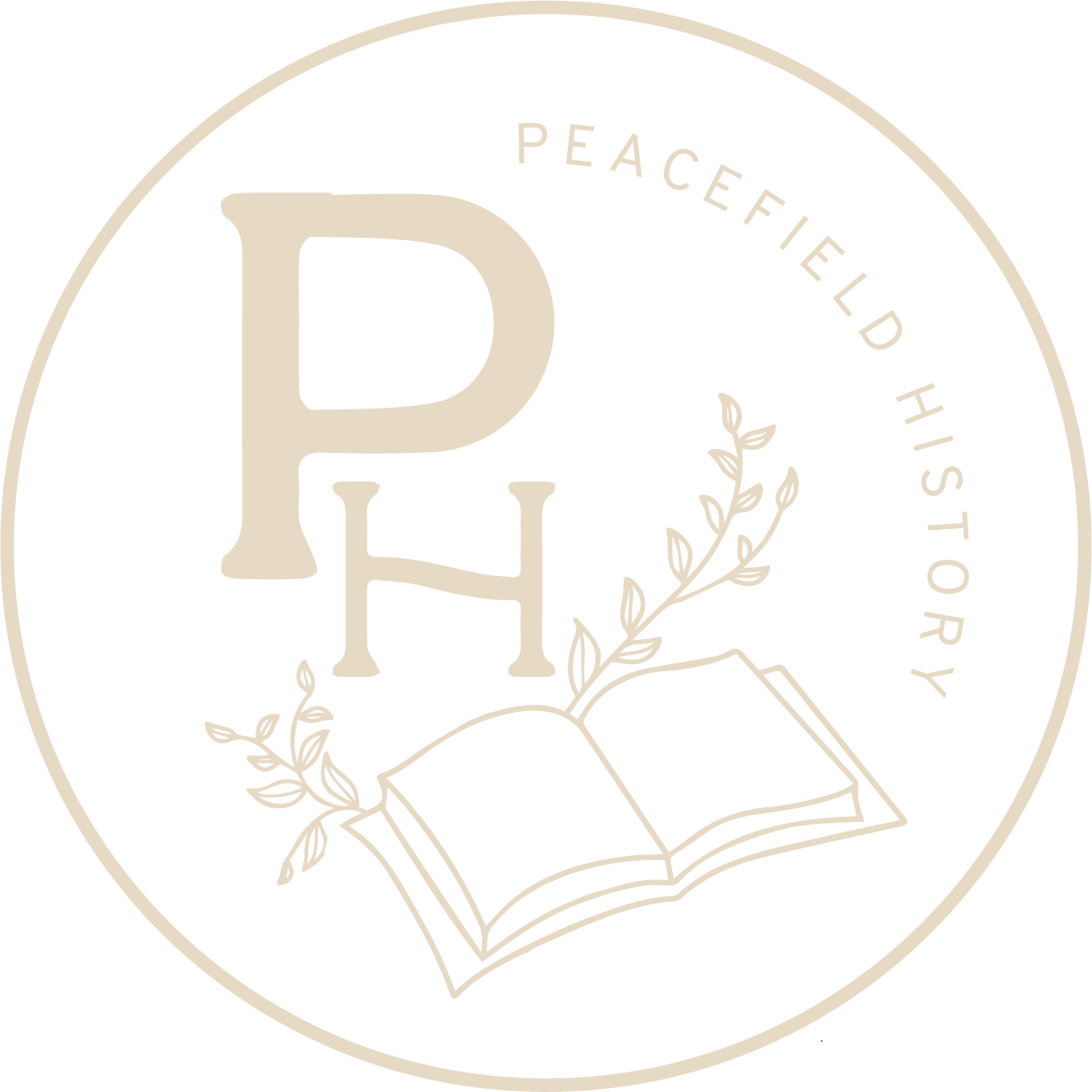Shooting Kabul
Series: Blog Post Topics, Historical Fiction and 9/11
Genre: Historical Fiction - Middle Grade
Shooting Kabul is that rare 9/11 story that focuses on the events from the Afghan perspective. In this case of Fadi is an aspiring young photographer who’s forced to flee his home in the months leading up to the attack on the two towers. It would be easy to classify this story as more of an immigrant experience than a story about 9/11, but doing so would be depriving young readers of a more comprehensive novel about those awful days. First, Fadi experiences firsthand the anger that was directed not just at Muslims, but anyone who seemed even slightly threatening in those terrible first days. Then there’s the fact that readers will learn along with Fadi about the hardships of life under the Taliban, both from his own experiences and that of other refugees. Unfortunately, it's a situation that's now more relevant than ever now that they have returned to power. Shooting Kabul is a wonderful story for readers who want a more all-encompassing view of all sides in the 9/11 saga.
More info →Scar: A Revolutionary War Tale
Series: Blog Post Topics, Historical Fiction and Nonfiction about the American Revolution
Genre: Historical Fiction - Middle Grade
(Middle Grade reading level - no content concerns, however, it does discuss the reality of war)
Nate was injured when he was young, and cannot do the one thing he really wants - serve in the Continental Army. Still, Nate is drawn into the war after his settlement is attacked by Mohawk Indians. Nate soon encounters a Native American boy his age and the two pair up to survive. Much of the story centers around the Battle of Minisink and the aftermath of that battle, which is told in historically accurate detail. This book is one of the few (unfortunately) that includes a Native American perspective of the Revolution War, and by adding that perspective, Mann adds tons of depth and complexity to the saga of the war.
More info →
Ground Zero
Series: Blog Post Topics, Historical Fiction and 9/11
Genre: Historical Fiction - Middle Grade
Reading this novel was such a bittersweet experience for me. Alan Gratz does his usual, masterful job of creating a spellbinding story with two amazing protagonists and with an almost minute-by-minute review of the collapse of the two towers. Basically, I couldn’t put this book down. First, there’s Brandon, who quickly grows up as he struggles to survive the collapse of the twin towers on 9/11 in 2001. The second protagonist is Reshmina, a young Afghani girl caught in the crossfire between the U.S. and Taliban nearly two decades later. Reshmina is forced to make a choice between vengeance or the path of peace.
I didn’t start this novel until after the fall of the U.S. backed government, and yet that only makes its lessons even more timely. Will a new generation avoid the mistakes of their elders, or will the cycle of violence continue? I only hope that Gratz never has the need to write an epilogue.
More info →Attack of the Turtle
Series: Reads and Reviews, Reads and Reviews - July 2021
Genre: Historical Fiction - Middle Grade
(Middle Grade writing level – no content concerns)
Attack of the Turtle takes place during the Revolutionary War. Nathan Wade has grown up a Patriot and he is there when his cousin, David Bushnell (a real historical figure) invents the first submarine
With this story, the history was much stronger than the character development. The text was written with a fifth-grade mentality and a 7th-grade vocabulary. Really the kind of “gee-whiz” attitude of the main protagonist was a bit too peppy to seem real. Beyond that, the story was a bit thin for a full book. I think this book is great for that student who just loves anything about war, but it’s just a book for the classroom shelf. Place it on the shelf and hand it out to that student who keeps asking you when you’ll be teaching about World War II.
More info →Sugar
Series: Blog Post Topics, Middle Grade and YA Reads about the Gilded Age
Genre: Historical Fiction - Middle Grade
(Middle-grade reading level - no content concerns)
Sugar is one of the few children located on a sugar plantation in Mississippi after the Civil War. In order to supplement the labor force, the plantation owner has brought in several men from China to help cut the sugar cane. Sugar makes friends with the son of the white plantation owner and she also develops a friendship with the Chinese men who have come to work at the plantation. Her ability to make friends and share stories with both groups shows the intimacy of relationships on these small plantations, and how racial dividing lines were not as clear cut as the laws required. Her spunkiness and curiosity in the story is the way young readers will make a connection to the history.
I really appreciated this book because it was written about a time period and a place that hasn't received much coverage in children's literature. This book is definitely written for younger middle-grade students. There is a lightness to the story, as the friendship between Sugar and the white son (Billy) of the plantation owner is somewhat accepted by the family. Although it is certainly not avoided, much of the prejudice and racial hatred these people would have faced during this time period is toned down for the age level of the reader.
More info →Forge (Seeds of America Book 2)
Series: Blog Post Topics, Historical Fiction and Nonfiction about the American Revolution
Genre: Historical Fiction - Middle Grade
This is the second book in the Seeds of America series by Laure Halse Anderson. For this story, readers follow the perspective of Curzon, the traveling companion and friend of Isabel from the first book. This book focuses much more on actual wartime fighting and the wartime experience, as Curzon reluctantly re-enlists.
Anderson again tackles the dueling ideas of revolutionary freedom and freedom from slavery as Curzon wades through his own wavering status while fighting for the independent United States. While this is the second book in the series, it also stands on its own.
More info →Eleven
Series: Blog Post Topics, Historical Fiction and 9/11
Genre: Historical Fiction - Middle Grade
(Middle-grade reading level - no content concerns)
Books set around major events are challenging to review because authors often seem to write as though the scope of their books has to somehow equal the magnitude of the event. The fact that Alex Douglas and the other characters of Eleven are just so normal and so human is what made it so refreshing to read. Any young teenager could see themself in Alex and his struggles as he is forced through the awkward space between being a child and an adult. Still, 9/11 is not a backdrop for this standard “coming-of-age'' story, as Tom Rogers does an excellent job at capturing the tension so many of us felt on that day - wondering whether our friends and family were safe. While Eleven doesn’t have the same focus on the minute details of 9/11 as other novels, it is still an excellent read for young readers who may struggle to understand the emotional overtones of that day.
More info →In the Shadow of Liberty
Series: Blog Post Topics, Books Discussing Slavery in America
Genre: Historical Nonfiction - Middle Grade
This book traces the stories of the enslaved Africans who were owned by four of our founding fathers – George Washington, Thomas Jefferson, James Madison, and Andrew Jackson. I really enjoyed the stories in this book. Davis brings humanity to the people who surrounded our founding fathers. He includes fantastic details within those stories that really remove the barriers surrounding those men. Did you know that Dolly Madison didn’t really save George Washington’s painting (which was a replica anyway)? A White House slave named Paul Jennings is that forgotten hero of that story. He would go on to be a co-conspirator in an attempted slave rebellion in the nation’s capital.
There are dozens of stories like this in Davis’s book. They really caused me to reframe my understanding of the United States at that moment in history. Each story could be combined with any general discussion of the founding fathers.
More info →Chasing Secrets
Series: Blog Post Topics, Middle Grade and YA Reads about the Gilded Age
Genre: Historical Fiction - Middle Grade
Reading level - upper middle grade - No real content concerns, there is racism towards Chinese people, however, the main character is supportive)
I really like the storyline of this book. Choldenko took on a story that has not really been discussed - especially through historical fiction. She also crafts a plot that allowed her to examine the time period from several perspectives. The main character, Lizzie, is an upper-class white girl. The servant she is seeking to find, named Jing, is being held in quarantine in Chinatown in San Francisco. Lizzie comes to see the prejudice and paranoia that prevails over the Chinese people because she has a personal connection with Jing (and also finds out that his son, Noah, has been hiding in her attic). She also comes to recognize that the plague (and quarantines that resulted) were often used as a justification for attacks on the Chinese people. The characters are well-drawn and the writing envelops you with detail. With that said, I didn't find the plot spectacularly engaging. I read about half the book in one sitting, and then it took me a couple of weeks to finish the rest.
This is yet another book that discusses a contagious disease and the fear of that disease. I've found that this theme comes up quite often in the books I pick up. I think that (until recently), we've very much forgotten how prevailing the fear of disease was throughout most of history. Diseases were misunderstood, treated incorrectly, blamed on specific ethnicities or groups, and very often deadly. Some of that fear disappeared as science improved and cures and vaccines were developed, yet much of it has returned as we deal with new strains. With each book that I've read, I've been able to place that fear within a historical context. It's been both alarming and enlightening.
More info →
King George: What Was His Problem?: Everything Your Schoolbooks Didn’t Tell You About the American Revolution
Series: Blog Post Topics, Historical Fiction and Nonfiction about the American Revolution
Genre: Historical Nonfiction - Middle Grade
(Middle Grade reading level - no concent concerns)
This book takes the history of the Revolutionary War and rewrites that history in a conversational tone that's more engaging for students. While I might quibble with the title (I know I at least taught a lot of the details from this book), I did enjoy the historical anecdotes and the depth of detail. (For instance, while I knew that John Malcolm was tarred and feathered, I did not know that he mailed the bits of tar and feathers back to the British government. His skin was attached in some places!) Even if teachers don't use this book with their classes, it provides fun details for classroom discussions.
More info →The Memory of Things
Series: Blog Post Topics, Historical Fiction and 9/11
Genre: Historical Fiction - Middle Grade
(Definitively YA - some swearing... the f word right in the beginning. Honestly, I couldn't imagine a teenage boy NOT using the f word as the towers fell on 9/11.... some intimacy, suicide is mentioned but never addressed directly)
Kyle is a sixteen-year-old boy who is living in NYC at the time of the terrorist attacks on 9/11. On the day the towers fall, he runs into a girl who has amnesia. (She may be been attempting suicide, however, this portion is dealt with delicately.) In the confusion, he ends up taking her back to his family's apartment to convalesce. The two end up consoling each other while Kyle also takes care of his brain-damaged Uncle Matt. Kyle's Dad is a first responder and his Mom and sister have been grounded in California, so the three are left alone while the rest of the family gradually makes their way back home.
The plot of this story could have gone awry at many moments and veered into problematic territory. However, the writing of this book is so honest and empathic, it avoids any potential pitfalls. Kyle is a relatively well-adjusted teenage boy while his new friend has suffered a dramatic trauma. Although this book is centered around 9/11 it's also a story about how those who lived close by were impacted by that day and how people recover from traumatic events. It is a must-read.
More info →Jefferson’s Sons: A Founding Father’s Secret Children
Series: Blog Post Topics, Books Discussing Slavery in America
Genre: Historical Fiction - Middle Grade
This book focuses on the children that resulted from the relationship* between Sally Hemings and Thomas Jefferson. It most specifically tells the story of two of those children – Madison and Beverly.
I absolutely loved this book. It’s a really good story, even though it doesn’t have much of a plot. I found myself picking up the book when I had a spare moment, even though it’s really a book for middle-grade children. By focusing on the children of Sally Hemings, it tells a story of slavery that discusses the unfairness of slavery, and the sadness of slavery, without exposing the horrifying brutality that slavery was for most. The author shows how the Jefferson children were treated differently than most other slaves at Monticello. It talks about a whipping at Monticello, a friend who was sold away, and about how some of the Jefferson children could “pass,” and some couldn’t. It’s really a story about a family, and how they dealt with the situation that had been handed to them by the color of their skin and their biological father.
Given that the author had to rely on a topic that was covered very little by official historical documents, the book really needs to be considered historical fiction. Still, I think the author created a very plausible narrative and an engaging story.
*(I recognize that many struggle with the idea of Hemings and Jefferson as a relationship. For the purposes of the term here, Jefferson did father her children. We don’t know what form that relationship took, and the book makes the assumption that Hemings had some agency. I think the book acceptably covers the topic at a middle-grade level.)
More info →